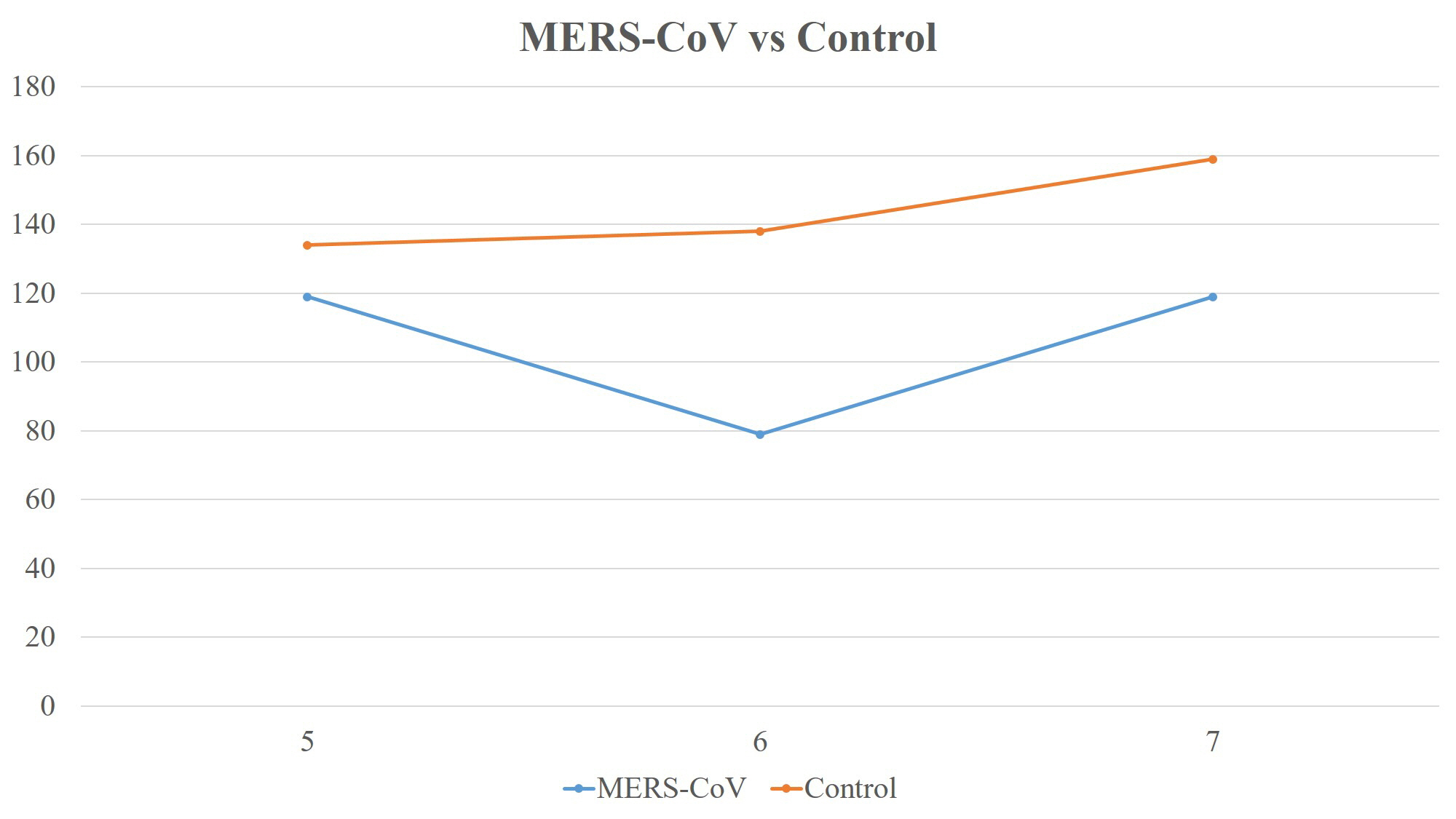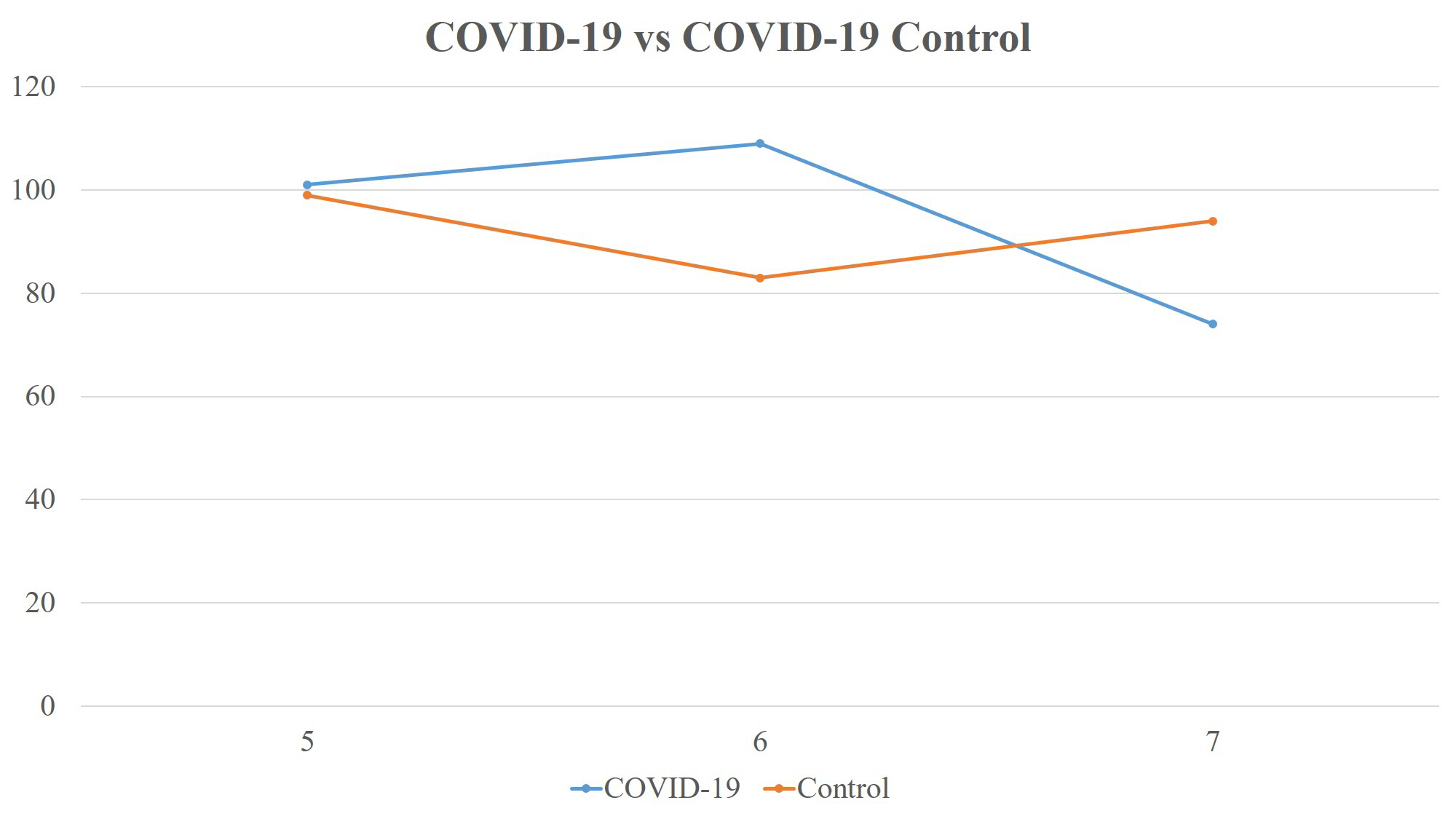Arch Hand Microsurg.
2021 Dec;26(4):218-223. 10.12790/ahm.21.0119.
Evaluation of Hospital Avoidance at Department of Hand Surgery in Tertiary Hospital after Infectious Disease Outbreaks
- Affiliations
-
- 1Department of Orthopaedic Surgery, Chungnam National University Sejong Hospital, Chungnam National University College of Medicine, Sejong, Korea
- 2Department of Orthopaedic Surgery, Regional Rheumatoid and Degenerative Arthritis Center, Chungnam National University Hospital, Chungnam National University School of Medicine, Daejeon, Korea
- KMID: 2522618
- DOI: http://doi.org/10.12790/ahm.21.0119
Abstract
- Purpose
To compare the impact of hospital avoidance on the department of hand surgery at a tertiary hospital in Daejeon in the wake of the Middle East respiratory syndrome (MERS-CoV) and COVID-19 outbreaks.
Methods
This is a retrospective comparative study of patients who were treated at the department of hand surgery in a tertiary hospital of a local community. We analyzed patients who were treated during the MERS-CoV and COVID-19 outbreaks. Controls included patients who were treated in the previous year during the same months. The number of outpatient visits and surgeries were compared to examine the difference from the previous year during the epidemic period of each infectious disease, and changes in demographic factors, the ratio of first and second visits, and the ratio of scheduled and emergent surgeries.
Results
Under MERS-CoV, outpatient visits decreased by 9.7% and surgeries by 26.5% for three months. In June 2015, when MERS-CoV was widespread in Daejeon, the number of outpatients and surgeries dropped by 25.3% and 42.8%, respectively. During COVID-19, outpatient visits decreased by 4.3% and surgeries increased by 2.9%. However, when COVID-19 was most prevalent in Daejeon, the number of outpatients and surgeries increased by 36.6% and 31.1%, respectively.
Conclusion
The impact of the COVID-19 outbreak in 2020 on the department of hand surgery at a tertiary hospital in Daejeon was limited, compared to the MERS-CoV epidemic in 2015, which can be attributed to improved infectious disease response capabilities.
Keyword
Figure
Reference
-
1. Huang C, Wang Y, Li X, et al. Clinical features of patients infected with 2019 novel coronavirus in Wuhan, China. Lancet. 2020; 395:497–506.
Article2. World Health Organization. Coronavirus (COVID-19) outbreak [Internet]. Geneva: World Health Organization;2020. [cite 2020 Nov 10]. Available from: https://www.who.int/westernpacific/emergencies/covid-19.3. Korean Society of Infectious Diseases; Korean Society of Pediatric Infectious Diseases; Korean Society of Epidemiology; Korean Society for Antimicrobial Therapy; Korean Society for Healthcare-associated Infection Control and Prevention; Korea Centers for Disease Control and Prevention. Report on the epidemiological features of coronavirus disease 2019 (COVID-19) outbreak in the Republic of Korea from January 19 to March 2, 2020. J Korean Med Sci. 2020; 35:e112.4. Korea Centers for Disease Control and Prevention. The update of COVID-19 in Daejon Metropolitan City [Internet]. Cheongju: KCDC;2020. [cited 2020 Nov 5]. Available from: https://www.daejeon.go.kr/corona19/index.do.5. Hwang JH, Hong SJ. Alteration of Quarantine System since MERS outbreak in Korea. Pub Health Wkly Rep. 2016; 9:642–5.6. Lee SY, Yang HJ, Kim G, Cheong HK, Choi BY. Preventive behaviors by the level of perceived infection sensitivity during the Korea outbreak of Middle East respiratory syndrome in 2015. Epidemiol Health. 2016; 38:e2016051.7. Kim MC. A reflection on Korean MERS crisis in 2015: socio-medical approach. J Sci Technol Stud. 2016; 16:5–22.8. Ministry of Health and Welfare (MOHW). The 2015 MERS outbreaks in the Republic of Korea: learning from MERS [Internet]. Sejong, KR: MOHW;2015. [cited 2021 Aug 3]. Available from: https://www.mohw.go.kr/react/jb/sjb030301vw.jsp?PAR_MENU_ID=03&MENU_ID=032903&CONT_SEQ=337407&page=1.9. Chungcheongnam-do. MERS corona virus [Internet]. Hongseong, KR: Chungcheongnam-do Provincial Office;2015. [cited 2021 Aug 3]. Available from: http://lib.chungnam.go.kr/20171130_235614_19/index.php.10. Seo KH, Kim SY, Choi JW, Lee JC, Kim KH. Estimating financial loss to medical clinics resulting from the Middle East respiratory syndrome coronavirus outbreak in Korea. J Korean Med Assoc. 2015; 58:1171–8.
Article11. Song SC. MERS cold wave: hospital revenue fall 20% in June [Internet]. Seoul: Doctor’s News;2015. [cited 2021 Aug 3]. Available from: http://www.doctorsnews.co.kr/news/articleView.html?idxno=105103&sc_word=%EB%A9%94%EB%A5%B4%EC%8A%A4%20%ED%95%9C%ED%8C%8C&sc_word2=.12. Jang WM, Jang DH, Lee JY. Social distancing and transmission-reducing practices during the 2019 coronavirus disease and 2015 Middle East respiratory syndrome coronavirus outbreaks in Korea. J Korean Med Sci. 2020; 35:e220.
Article13. V’kovski P, Kratzel A, Steiner S, Stalder H, Thiel V. Coronavirus biology and replication: implications for SARS-CoV-2. Nat Rev Microbiol. 2021; 19:155–70.
Article14. World Health Organiztion (WHO). WHO statement on the ninth meeting of the IHR Emergency Committee regarding MERS-CoV [Internet]. Geneva: WHO;2015. [cited 2021 Aug 3]. Available from: https://apps.who.int/mediacentre/news/statements/2015/ihr-ec-mers/en/index.html.
- Full Text Links
- Actions
-
Cited
- CITED
-
- Close
- Share
- Similar articles
-
- Evaluation of the Correspondence against Pandemic Influenza (H1N1 2009) through the Infectious Diseases Specialist Survey
- Two Cases of Hand-Foot-Mouth Disease with Neurologic Manifestations
- Characteristics and related factors of waterborne and foodborne infectious disease outbreaks before and after the onset of the COVID-19 pandemic (2017–2021) in the Republic of Korea: a descriptive study
- Trends in recent waterborne and foodborne disease outbreaks in South Korea, 2015–2019
- Diagnosis and Clinical Features of Food Poisoning





